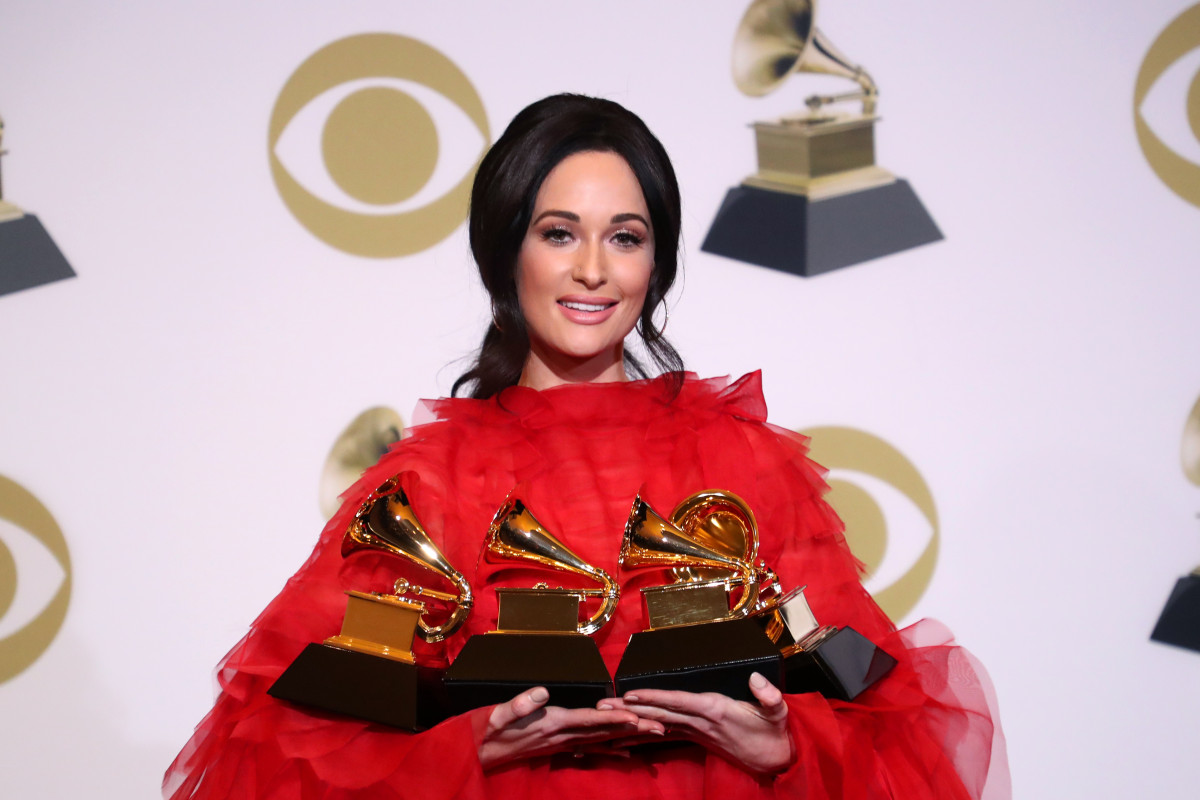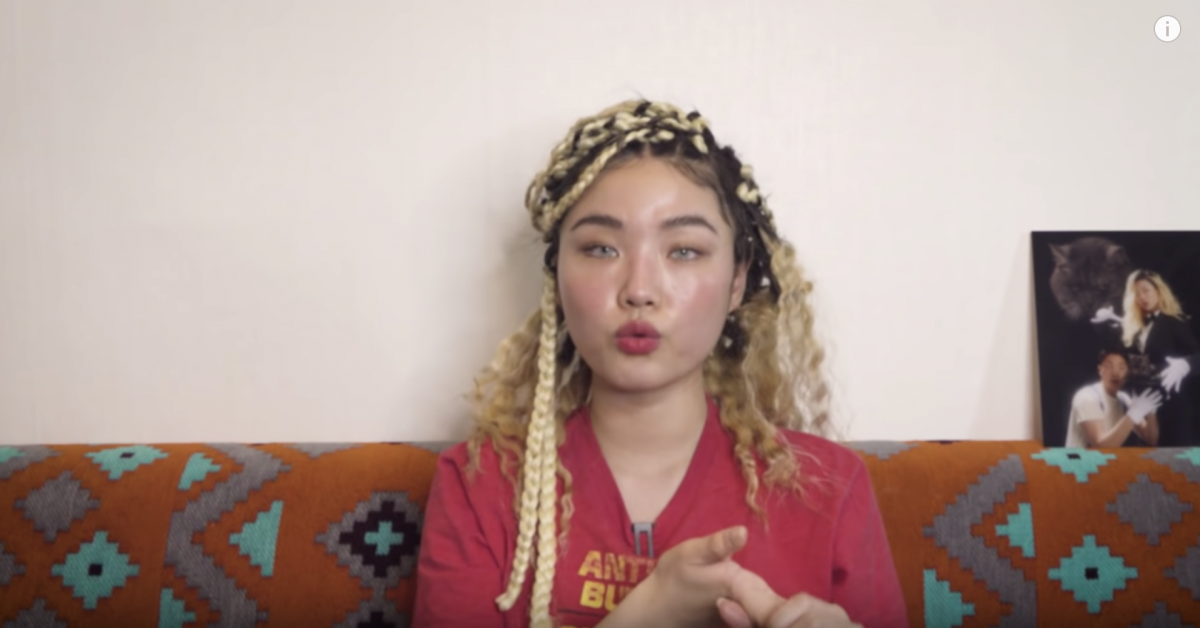Far East Movement and Their Rise and Fall and Rise to Fame (Semi-Final Draft No sources added yet)
It’s 2010 and you are listening to the top 40 hits on your local pop music radio station. The music topping the charts range from artists like Kesha, Rhianna, Lady Gaga, and B.o.B, when all of the sudden a heavy synth tune followed by “popping bottles and the ice like a blizzard” hits your ears from the speakers of your boom box and you are instantly hooked. The artist behind the earworm is no other than quartet Far East Movement with their number 1 Billboard Hot 100 Hit, “Like A G6” making them the first Asian-American act to score a number one single on the Hot 100. Far East movement was the first Asian American act to succeed in the music industry that solidified them as part of pop culture however just as fast as they gained traction, they lost it. The deficiency of success after Like A G6 was due to the fact that American media and American entertainment industry as a whole has a deficiency of Asian American bodies within itself. So, when far east movement entered the scene with like a g 6 on billboard hot 100 and they kept the spot for a few weeks, they lost the spot and got lost in the crowd of artists like lady gaga, Katy Perry, Kanye West, Rhianna, amongst others who were charting at the time. Undeniably these artists are pop culture icons that everyone worldwide knows and in order to understand why Far east movement could not keep their success rolling in America we have to dig deeper into why minorities, in general, are being declined and kept away from achieving pop stardom and what the glass ceiling has to do with it as well as the overall misrepresentation of Asian ethnicities in the media, and what forces are preventing Asian Americans from becoming the next pop star sensation such as record labels discriminating against pursuing Asian American artists searching for support. All of this are forces that are keeping Asian American artist from being the next Lady Gaga or Justin Timberlake.
Like many groups, FEM’s assembling was nothing too fancy. They formed in 2003 and as of 2019 consist of 3 members; Kevin Nishimura, James Roh, Virman Coquia (Former), and Jae Choung who are all from Los Angeles. They are all from Asian descent and all met in high school in Los Angeles. The beginnings of the group started with James Roh and Kevin Nishimura and Jae Choung. James Roh was a straight-A student whose parents are both musicians and was pursuing law but dropped out of Law School to continue what his parents called a “hobby” which all began in a parking lot with his best pall Kevin and Jae. The trio would freestyle to beats they would download off the internet after school. This was their foundation for what was to come. *NEED MORE BACKGROUND ON THE MEMBERS*
Minorities in the media have been present always but there has never been an Asian American pop star. Asian American bodies mainly lived in sports, acting, theater, and BTS work. Roles would never be given to them because they never checked all the boxes that the roles were asking for; they didn’t have the right image of what a pop star was supposed to look like, which could be translated into “you aren’t white, and don’t have western features”. Usually, Hollywood requires someone to be white, sculpted, tall, and have a sharp jaw. Things that are conventional and that people would love. Many minorities do fit in the boxes and when applying to this role they are looked at through a lens that comes from deep discrimination backed up by false stereotypes and western conventional ideas of beauty and instead are pre-judged by the color of their skin or the race box that they check on their application, and not the talent, or capacity that they carry with them. However, I do think that this is changing in recent times due to social media and the rapid speed that everything gets sent through the masses. People have access to the world’s information at their fingertips and answers to any question are only a few taps away. So demand for more representation, and a demand to redefine what the superstar looks like both have been a heavy topic of discussion. This is due to the realization that yes, in fact, acts of color sell, and they sell very well.
Recently Asian American bodies have been having a moment in the American entertainment industry where there are a few shows and films with Asian casting, however, sometimes these movies and shows do fail to address that the Asian umbrella doesn’t apply to all Asians. They fail to address the different types of Asian ethnicities exist that are all very different from each other. However, when casting Asian actors or when discovering Asian singers, we as non-Asian bodies tend to categorize Asian bodies as just Asian, which essentially erases their identity and ethnicity. This causes an attachment of misinformation that walks alongside ethnicities with Asian bodies. As well as a whole set of stereotypes that don’t apply to different Asian ethnicities. We need to be aware that in order to keep Asian body representation we have to make sure to represent Asian bodies and their corresponding ethnicity properly by casting Chinese Americans for Chinese roles, Korean Americans for Korean roles and so on because they do exist. Far East Movement was a victim of these generalizations and misrepresentation in that during their time they were placed upon them.
This issue of representation has been going on for a long time in America and although it is getting better, and Asian bodies and minorities, in general, are picking up roles in big movies and shows, the shows and media are being isolated from the mainstream masses. For example, Crazy Rich Asians was a huge success and many people watched. It was all due to the fact that finally for once, Asian bodies were represented in a movie as massive and as marketed as Crazy Rich Asians. It had the representation that Asian bodies and minorities alike were craving and BEGGING for, and although it did deliver a beautiful story following the popular trope of the rich man falling for a lower-class woman who in this case was actually an economics professor. With the movie, there was controversy and backlash. The backlash was due to the movie missing authenticity about real life in Singapore and the lack of dark-skinned Asian actors. This was backed up by saying that although critics are right, this was still a huge monumental step for Hollywood to finally showcase Asian bodies in lead roles. (The Washington Post) In music, however, this isn’t quite the case. There is still an immense deficiency of mainstream Asian American artists, and for a moment Far East Movement seemed like they would be the first to finally stay on top, but this wasn’t the case because just as fast as soon as they shattered the glass ceiling they fell right through it.
In retrospect, Asian bodies in the industry and in music all face the glass ceiling. The white gaze and the white opinion on whether someone is marketable or not depending on what they looked like are extremely prominent. Far east movement went through this when looking for a label that would sing them. They mentioned in an interview that when they were starting off, once they got signed and the time came to plan the creative decisions of Like A G6, they had to figure out how to market themselves. In order to do so, they were completely trying to separate themselves from their Asian identity because they were told that no one was going to buy music from four Asian men. So, they agreed on wearing big glasses that would cover their eyes because that way at first glance people would look at them and see just 4 guys performing and not Asian men. With that, far east movement they completely took away from their culture and identity as Asian and turned it into an image that was diluted and it certainly wasn’t them. After like a g 6, far east movement was lost artistically and spiritually because they had distanced themselves so much from their identity, that essentially, they were lost. People started to question their talent and capacity, “I didn’t know they were Asian” “is this k-pop then?” Asian bodies in music in America are so quick to be labeled K-pop regardless if the Asian individual identifies as Korean, and although members in Far East Movement do identity as Korean American, they explicitly have said that they are not K-pop.
People are going to attempt to categorize you as K-pop which is Koreas biggest export in recent years starting in 2013. it is also the most popular genre in Asia. K-pop within itself has its own rules, standards, that are completely different from the American industry. K-pop groups and artists are molded and created in a boot camp like a training program that can take up to 3-9 years depending on what the individual music label wants from their trainees. Due to this way of creating artists, Far East Movement doesn’t quite fit into all the boxes of what K-pop is. In fact, they weren’t aware of K-pop or other music industries until they released LG6 and overall weren’t aware of overseas music industries, such as Korea, Japan, or China and they had no idea how those industries worked. They also didn’t speak the languages from the Asian ethnicities that they identified with, so promoting overseas seemed like an impossibility. However, in 2016 they released an album solely made up of collaborations with various big names in the American music industry like Tinashe, Marshmello, and Soulja Boy, as well as big Asian American names such as Tiffany Young and Jay Park. The release of this album caught the attention of super media giant NetEase streaming from China, and in 2018, Far East movement signed with their label to produce content every month. This was an opportunity that would not have been offered to them in the United States due to the lack of efforts made my record labels to market and promote Asian American artist such as them.
The music industry is saturated with thousands of people trying to get into the limelight, and Asian Americans are no exception. Asian American artists do exist, it is just that they are not being signed to labels. This is due to the lack of cultivation of Asian-American talent from American labels. Asian American artists want to be pop stars, they want to be the at the level of Justin Timberlake, or lady gaga, but it’s always “the Asian thing” that keeps them from getting there. An example would be, Paul Kim who was on American Idol, impressed the judges and received high appraisals, however, he was eliminated early into the competition because he wasn’t getting enough votes by the viewers. This led to him posting music on Myspace which got him really close to getting signed, but he “[…] was told over and over again by countless labels execs that if it weren’t for me (him) being Asian, I (Paul Kim) would’ve been signed yesterday”. With this we can see, that the issue is not that there is a lack of talent, but that there is a lack of tradition of Asian bodies in pop star level gigs, and it all is rooted in discrimination, reinforcing of damaging stereotypes, and racism. That is why a lot of Asian American individuals of all ethnicities take their talents elsewhere. The lack of representation of Asian Americans affects individuals who are capable of singing, and have so much talent but are unable to break through the glass ceiling due to the lack of cultivation and exposure that labels are not willing to make due to believing that people of color are harder to market and sell. Far east movement was not immune to this, they too went through what Paul Kim went through and it almost cost them their entire career.
It’s 2019 and the music playing in the radio ranges from Ariana Grande, Cardi B, Selena Gomez, and Bad Bunny. Artists of color who for once have the spotlight on top, however, Asian Americans are still missing from the Billboards Hot 100 list. This is due to the almost impossible to break glass ceiling backed up by the discrimination and the enabling of stereotypes supported by record labels who go off the western ideals of success and fail to cater to Asian American Artists alike. These forces not only neglect Asian American talent, but also because of it forces Asian American from all ethnicities to take their talent elsewhere where it will be praised, and promoted as well as marketing. Far East Movement, while being the first Asian American group to score a number one hit in the USA, will certainly not be the last. I say this with confidence because as the diversity in the music industry is embracing people of color who are American, it is also embracing overseas acts that in 2010, would not have been able to remotely crack the glass ceiling. Artists like BTS and Blackpink are Korean groups that are making waves in America, so hopefully because of Far East Movement, because of overseas acts like BTS and Blackpink maybe in 2020 when we are listening to the radio we will hear a wider spectrum of Asian American artists as well as the continuing wave of artists of color.









Your paragraph on making the distinction between different Asian groups makes a good point. Too often people talk about places in Asia and Africa as though they were all the same, despite the many different countries and cultures they are home to. This in addition to the way people assume Far East Movement is K-pop as soon as they hear they’re Korean American shows the way that what little familiarity people have with specific subgroups gets applied where it doesn’t belong.
This is really interesting! I never realized that there was a lack in Asian American pop stars, and I never would have guessed that the first would be so recently! 2010 was not that long ago, so that’s really sad and frustrating that it took so long.
I like how you’ve used Far East Movement as a sort of conduit to talking about Asian bodies and its perceptions in mainstream America. Watch out for those run on sentences! looking forward to reading your final paper :^)